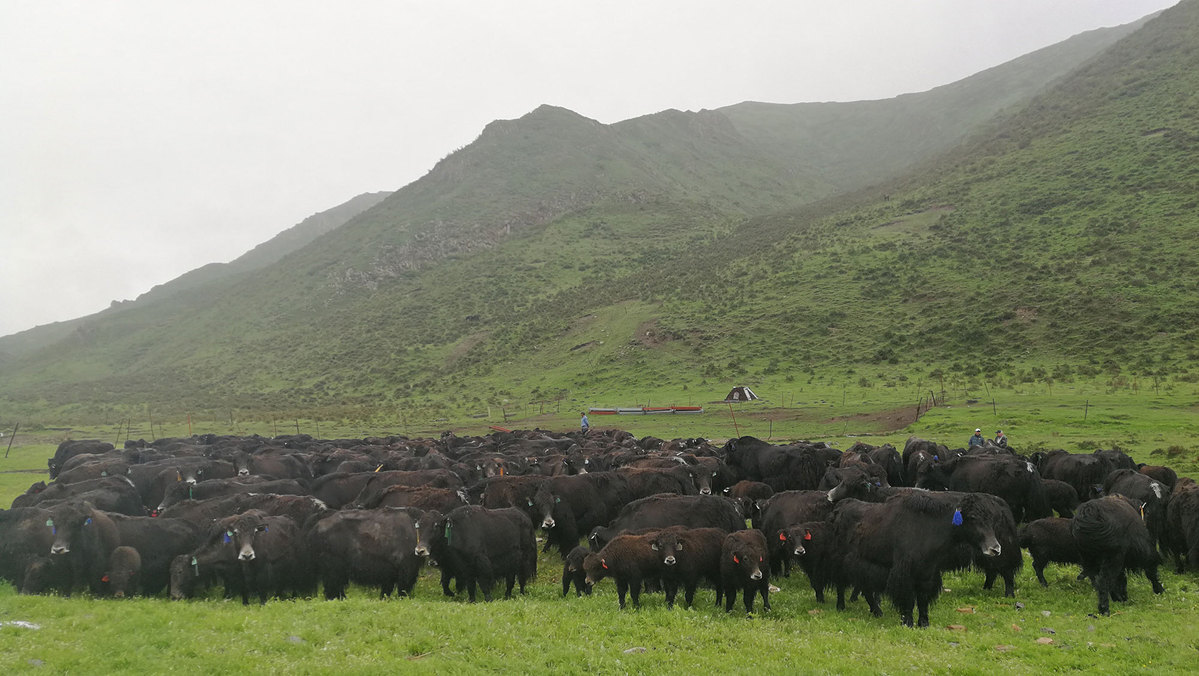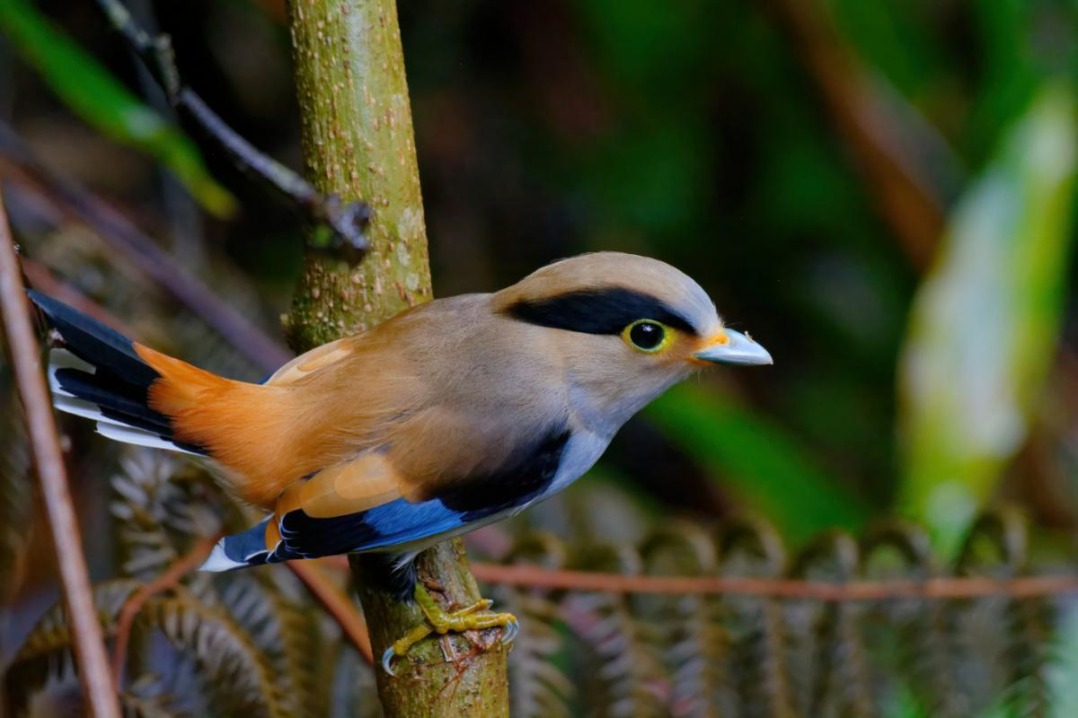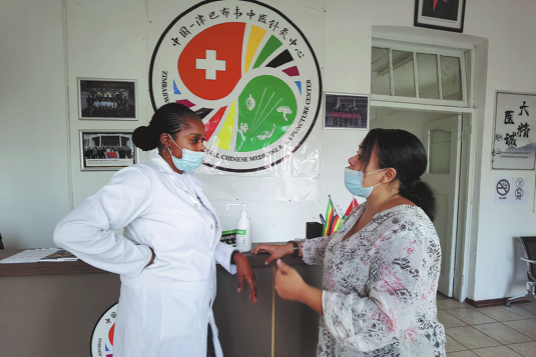New yak breed brings herders renewed hope


New hope
The Datong yaks have been introduced to many pastoral areas in Qinghai, Gansu, Tibet and the Xinjiang Uygur and Inner Mongolia autonomous regions, covering about 75 percent of all yak breeding areas in China. It also played an important role in improving husbandry on the plateau.
The Ashidan yaks will be introduced to more pastoral areas to provide another alternative for herders, increase their incomes and help alleviate poverty.
Long Chunhua, a herder of the Tu ethnic group in Qinghai, is raising more than 200 Ashidan yaks.
"My parents were herders. Most of the yaks they raised had long and hard horns. Those yaks were mainly raised free range, and were difficult to keep in stalls," Long said.
"But the Ashidan yaks are docile, grow faster and are easier to raise. Every year, they can bring us an income of 120,000 to 130,000 yuan ($17,440 to $18,900)."
At present, the number of Ashidan yaks cannot meet the demand. "We need to use molecular breeding and new reproduction technologies, extract potential functional genes of yaks, and improve propagation efficiency," Yan said.
The breeding of new varieties can prevent yak degeneration, improve production, promote scientific husbandry, and help herders shake off poverty, she added.
- Bird-watching festival in Yunnan unveils new avian discoveries
- Shandong's Zhanhua winter jujube a modern success story
- Outstanding Chinese medical workers honored at Hunan event
- Large dolomite deposit discovered in Gansu
- Smart technology-aided delivery aiding China's online shoppers
- China focused on creating high-quality jobs for university graduates




































